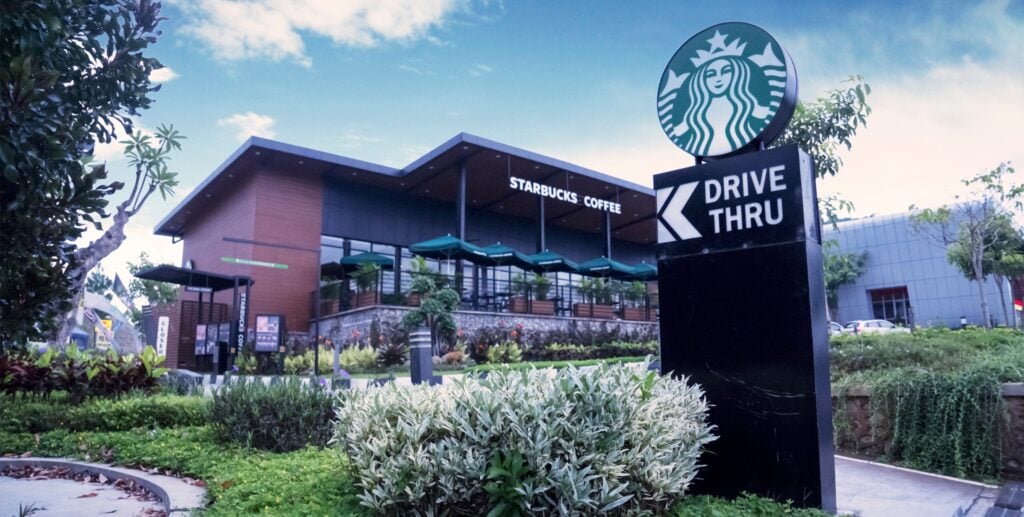Declining Perks: The Hidden Real Estate Risk of Closing Starbucks Locations
In the realm of real estate, few factors exert as significant an influence on property values and neighborhood desirability as the presence of popular retail establishments. Among these, Starbucks has long been considered a hallmark of a thriving, upscale community. The sight of the iconic green mermaid logo has, over the years, become synonymous with cultural vitality and economic prosperity. However, recent trends indicating the closure of several Starbucks locations may signal a hidden risk for real estate markets reliant on these coffee houses as economic barometers.
The Starbucks Effect: A Brief Overview
The term “Starbucks Effect” emerged when real estate experts and investors observed a pattern: neighborhoods with a Starbucks typically saw increased property values. This phenomenon was attributed to Starbucks’ well-researched location strategies, which favored up-and-coming or already prosperous areas, inadvertently attracting more businesses and infrastructure development. The arrival of a Starbucks often heralded gentrification, improved public services, and increased foot traffic — all contributing positively to local real estate prices.
Emerging Trends: Store Closures and Their Implications
In recent months, Starbucks has announced a series of strategic closures affecting various urban and suburban areas. While company representatives have cited reasons such as redirecting focus toward drive-thru and digital models, as well as adjusting to post-pandemic consumer behaviors, these closures carry implications that are causing ripples of concern among real estate analysts and homeowners alike.
Impact on Real Estate Markets
Property Values: The closure of a Starbucks in a neighborhood may lead to an initial dip in property values. Investors and potential homebuyers often view such closures as red flags, indicating possible economic downturns or shifts in consumer demographics that may not align with the area’s previous growth trajectory.
Community Perception: Starbucks’ departure can alter the public perception of a neighborhood. The absence of this cultural and social staple might cause residents and potential newcomers to reassess the area’s appeal, thereby affecting demand and subsequently, property prices.
Commercial Ripple Effects: Businesses that depend on the foot traffic and brand recognition associated with a nearby Starbucks might experience decreased sales, potentially leading to further closures of smaller, local establishments. This can result in a cascading effect that diminishes the commercial appeal and vibrancy of the area, further impacting real estate values.
Adapting to Change: Strategies for Resilience
While the potential real estate risks associated with Starbucks closures are tangible, communities and investors can undertake measures to mitigate these impacts:
Diverse Commercial Ecosystems: Encouraging a diverse mix of businesses can reduce reliance on any single anchor tenant. By fostering a vibrant commercial ecosystem with a range of retail, dining, and service options, neighborhoods can maintain economic resilience even if a prominent player like Starbucks exits.
Investing in Local Enterprises: Support for local businesses can create a unique identity for neighborhoods, attracting residents and visitors who value authentic experiences. Local cafes and eateries can seize the opportunity to fill the void left by Starbucks, potentially revitalizing community spirit and economic activity.
Infrastructure and Amenity Development: Investments in public infrastructure and amenities such as parks, schools, and transportation can enhance the appeal of a neighborhood beyond its commercial profile. Such enhancements can help sustain property values, even amid shifts in the retail landscape.
Conclusion
The closure of Starbucks locations presents a complex, albeit subtle, challenge for the real estate markets that have come to rely on their presence as indicators of economic health. By recognizing these potential impacts and adopting proactive strategies, communities and investors can navigate this evolving landscape, ensuring continued growth and vitality even amidst change. As the real estate market adapts to new consumer habits and business models, the ability to innovate and embrace diversification will become the cornerstone of resilience in the face of declining perks.

